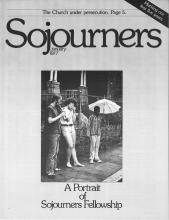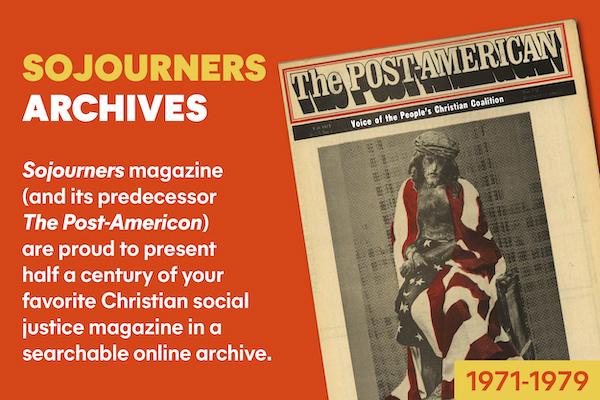I almost felt like an explorer discovering a new land when our plane touched down at the Jose Marti International Airport in Havana.
Cuba is only 90 miles from the U.S. shore, but somehow Havana seems much further away than cities like Paris, London or Rome. In fact, most Americans know much more about France, Italy and Britain than we do about our nearest Caribbean neighbor.
I traveled to Cuba as a part of an ecumenical delegation of American Christians invited there to gain a knowledge of Cuba’s government, society and people. We were guests there for 10 days, visiting communities, schools, farms, and factories. During my free time I was able to visit four protestant congregations, several leaders of the Student Christian Movement and two of the five protestant seminaries.
Christianity was introduced to Cuba in much the same way as it was to most of the rest of the third world--through European colonialism. Along with traders and settlers, the Spanish colonizers brought with them Roman Catholicism. Since all the indigenous Indians on the island of Cuba were killed during the colonial era, and the African slaves were forced to adapt their religion to that of their masters, Cuba was nearly 100% Catholic until the Spanish-American War at the end of the 19th century. But after Teddy Roosevelt and his Rough Riders “saved” Cuba from the tyranny of the Spanish Empire, U.S. Protestant missionaries swept in to “save” Cuba from the tyranny of the Roman Church.
I was able to piece together the more recent history of the church in Cuba through interviews with former Cuban missionaries, discussions with Cuban Christians, conversations with historians at the University of Havana and a visit to the Museum of the Revolution in Havana.
Read the Full Article

